According to preliminary data from NHK, the LDP is likely to win between 27 and 41 seats, adding to its current 75, while Komeito is predicted to gain between 5 and 12 seats. If these projections come true, the coalition's total would fall short of the threshold set by Prime Minister Shigeru Ishiba to maintain its dominant position in the upper house. The Asahi Shimbun poll showed the LDP gaining 34 seats, while Komeito would gain just 7, not enough to make up for the overall decline.
This follows the coalition’s defeat in the October 2024 Lower House election, a result that, while not ousting executive power, raised serious questions about Prime Minister Ishiba’s leadership. Analysts, such as Professor Toru Yoshida of Doshisha University, believe that if the defeat in this election is confirmed, Mr. Ishiba may be forced to resign to preserve the party’s reputation.
Socio -economic context is unfavorable for the ruling party
The election comes amid growing public discontent with the rising cost of living, especially food prices. The price of rice, a staple of Japanese life, has doubled in just one year to $29 per 5kg, while wages have barely budged.
The situation was further complicated when LDP agriculture minister Taku Eto was forced to resign after making controversial remarks that he had “never had to buy rice” amid soaring rice prices. His successor, Shinjiro Koizumi, son of former Prime Minister Junichiro Koizumi, quickly launched a campaign to release state reserves to lower rice prices. However, the move was met with mixed reactions: farmers accused the government of favoring consumers, while the media criticized Koizumi for his lack of technical expertise and populist tendencies.
In addition to domestic pressure, Prime Minister Shigeru Ishiba’s government is also facing tariff pressure from the United States. Washington is expected to impose a 25 percent tariff on some Japanese imports from August 1, as trade negotiations between the two countries have yet to produce concrete results. In a recent meeting with US Treasury Secretary Scott Bessent, Mr. Ishiba affirmed that Japan is “in no hurry to compromise.” However, one of the US’s demands is that Japan increase imports of US rice, something Tokyo has not yet met.
Small and right-wing parties vie to increase influence
One notable point in this election is the strong rise of parties outside the traditional coalition, especially those on the right. The far-right Sanseito Party, founded during the COVID-19 pandemic, is expected to increase its number of seats from 2 to around 20. Meanwhile, the more moderate Democratic Party for the People is likely to gain at least 16 seats. Both have attracted support from young voters, with attractive slogans such as reducing consumption taxes and protecting national interests.
The Sanseito Party has been notable for its strong defense of national identity and its people-first policies. Its message focuses on controlling immigration, upholding traditional values, and ensuring independence in domestic and foreign policy decisions. Its leader, Sohei Kamiya, has taken a hard line in negotiations with the United States and openly drew inspiration from US President Donald Trump’s election campaign. The party has also tapped into Japanese concerns about immigration, an increasingly contentious issue as the number of official foreign residents in Japan has increased by nearly 30% since 2020, now reaching around 4 million, or 3% of the population.
Uncertain political future
According to Vladimir Nelidov, a researcher at the Moscow State Institute of International Relations, the current failure of Japan's ruling coalition is not only due to the rice price issue, but also the cumulative consequences of financial scandals, inconsistencies in economic policy, and unfavorable relations with the United States. While there is no sign that Prime Minister Shigeru Ishiba's government will resign immediately - especially in the context of unresolved trade negotiations - the possibility of a leadership change within the LDP is entirely possible.
For its part, the opposition, especially the Constitutional Democratic Party, has yet to come up with a concrete strategy to fully exploit the government’s disadvantage. Although it is expected to win between 18 and 30 seats, the party still lacks a clear vision to shape an alternative leadership.
In that context, the results of this Upper House election are not only a test of the ruling coalition's credibility, but also a sign of a new period of political instability in Japan - where voters are increasingly skeptical of the ability of traditional parties to solve urgent problems.
Hung Anh (Contributor)
Source: https://baothanhhoa.vn/lien-minh-cam-quyen-nhat-ban-doi-mat-nguy-co-mat-da-so-tai-thuong-vien-255592.htm


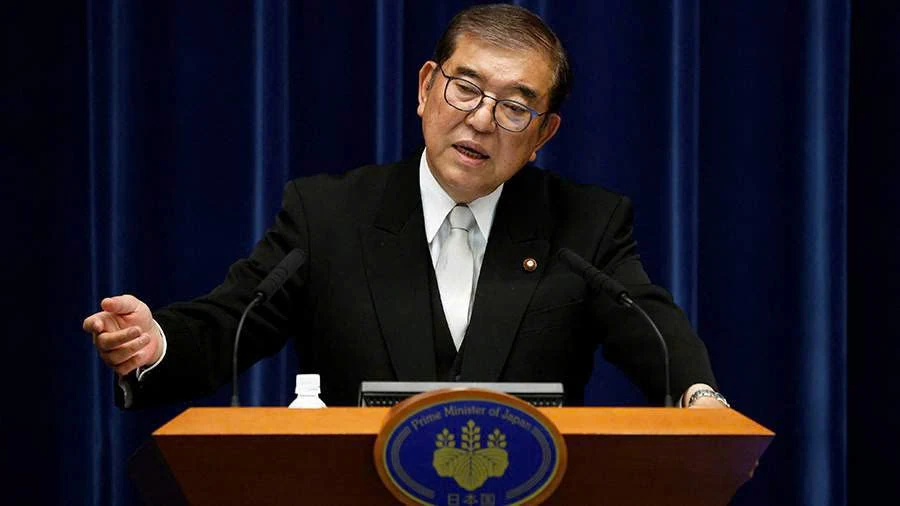




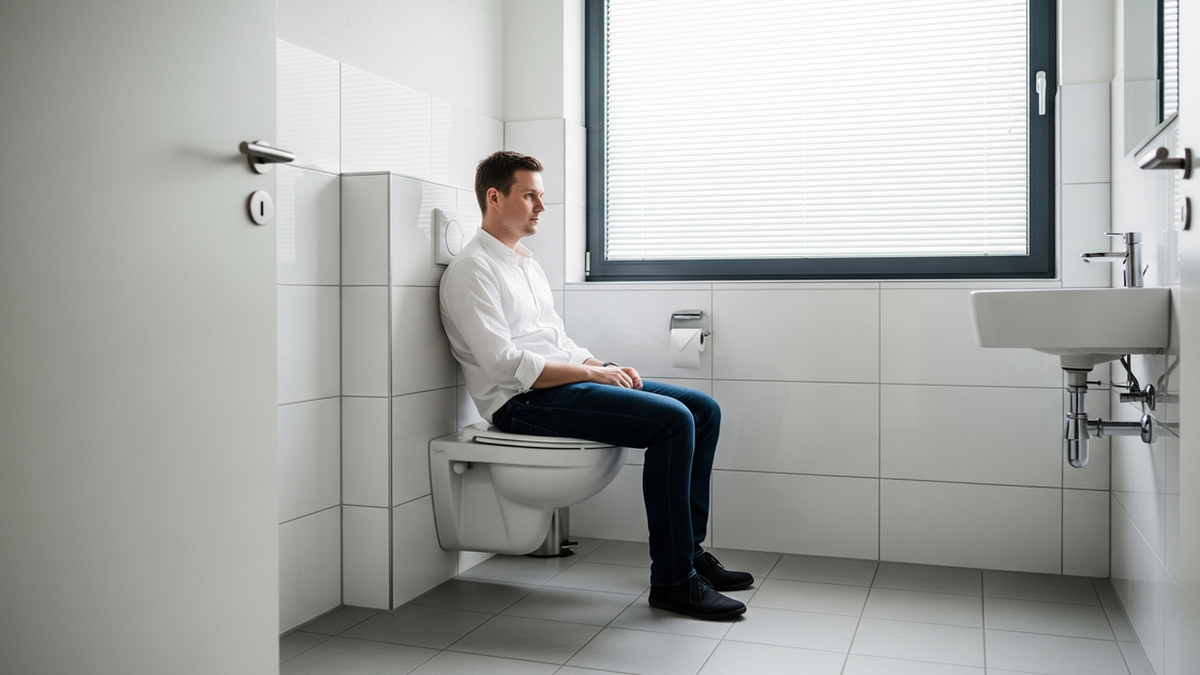
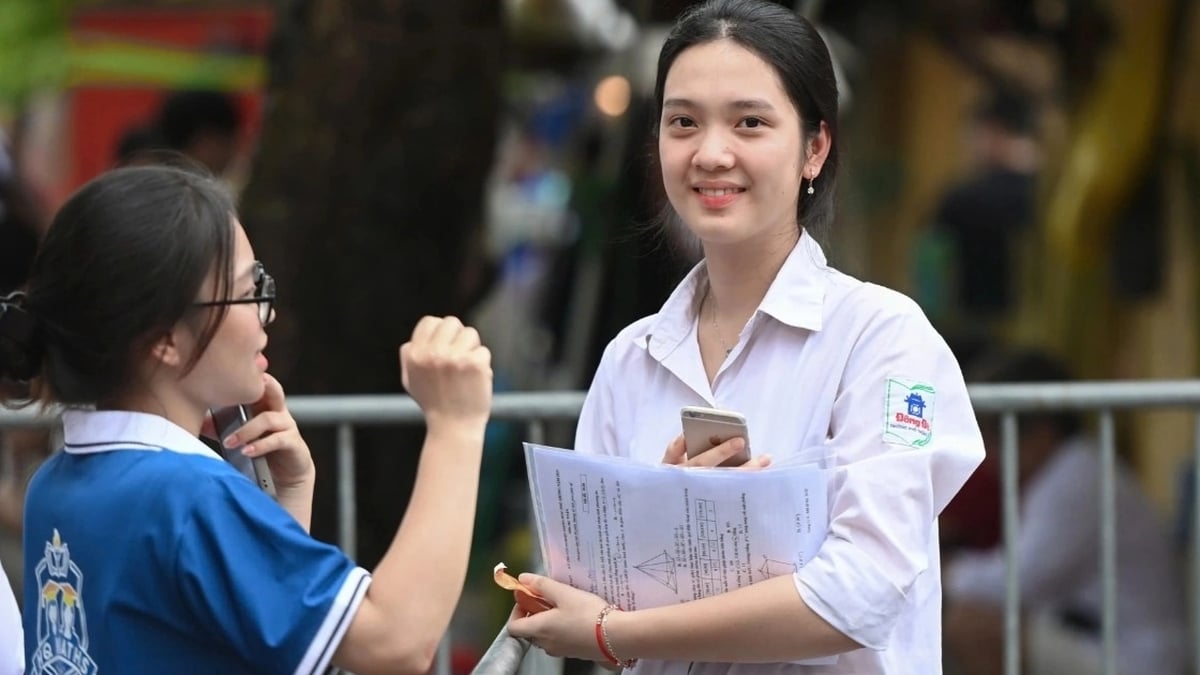
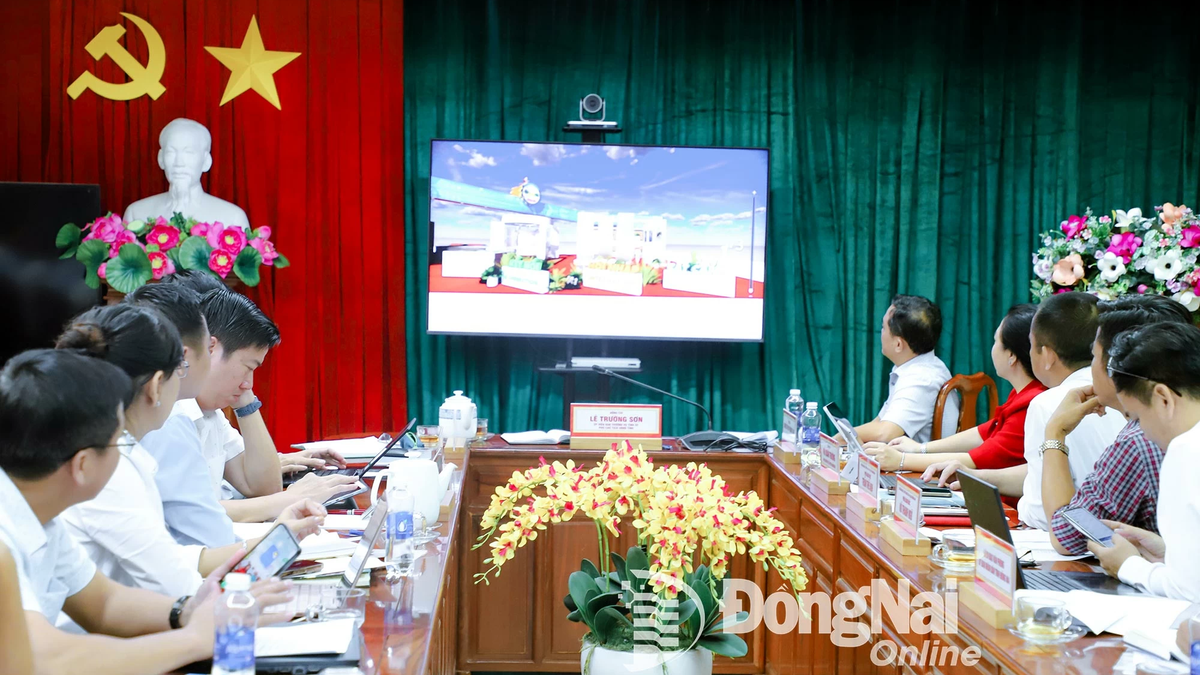
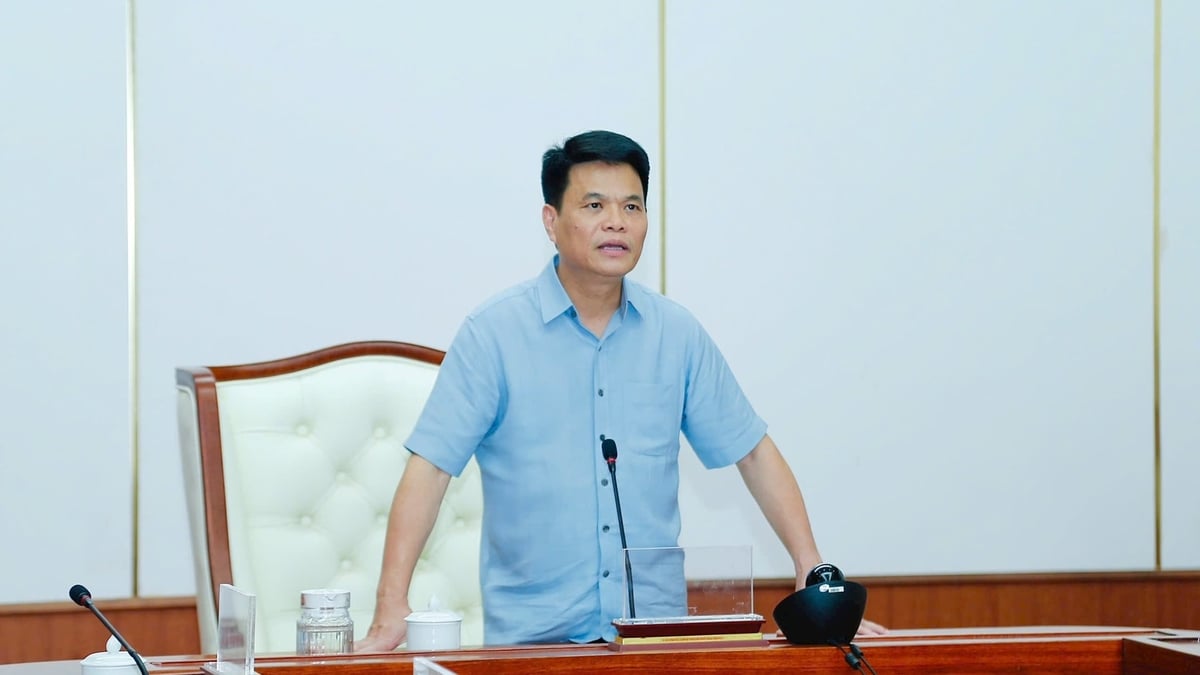

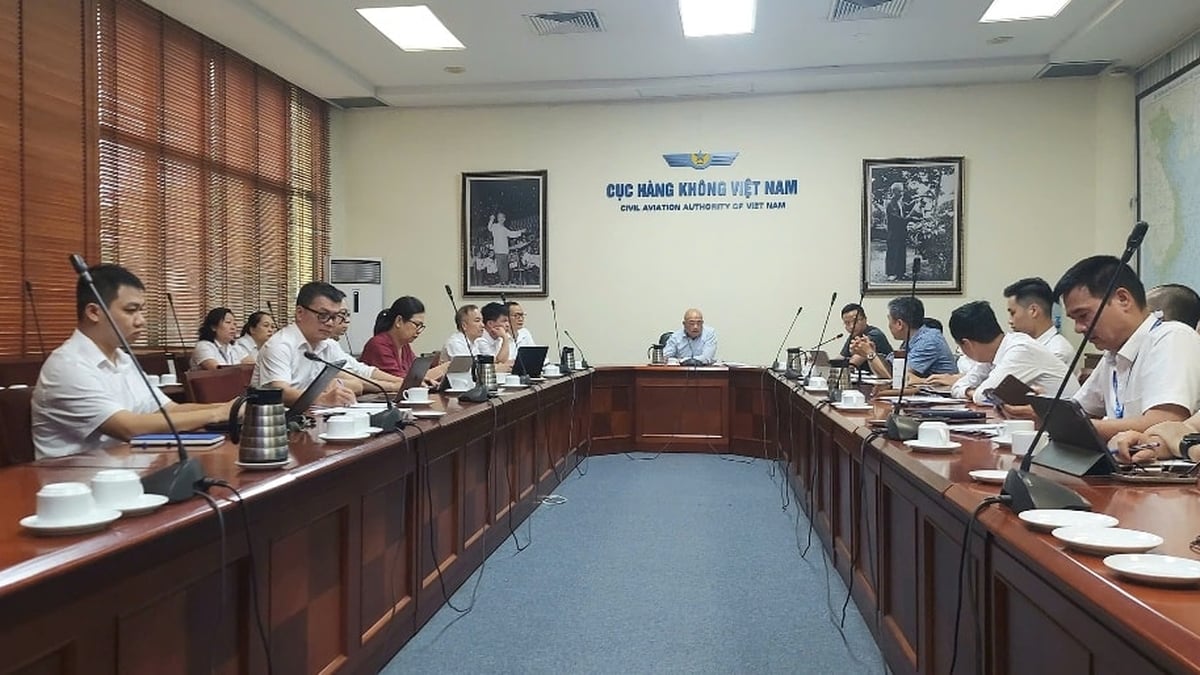














![[Photo] National Assembly Chairman Tran Thanh Man visits Vietnamese Heroic Mother Ta Thi Tran](https://vphoto.vietnam.vn/thumb/1200x675/vietnam/resource/IMAGE/2025/7/20/765c0bd057dd44ad83ab89fe0255b783)












































































Comment (0)